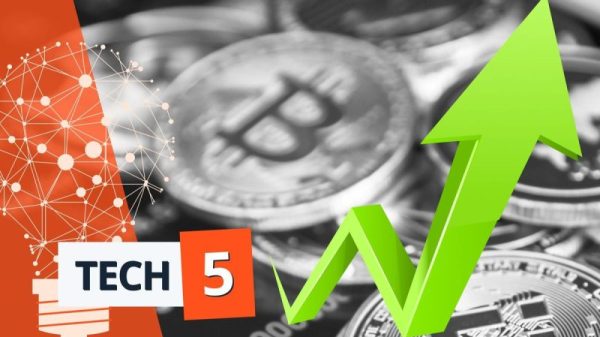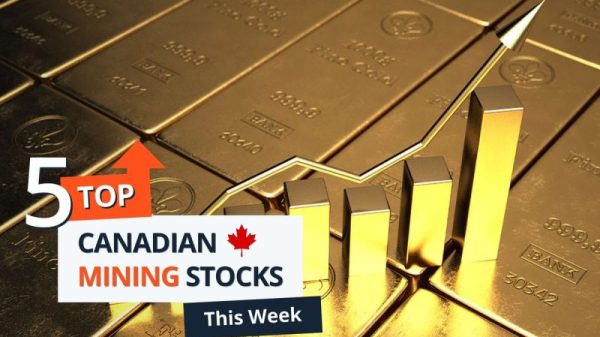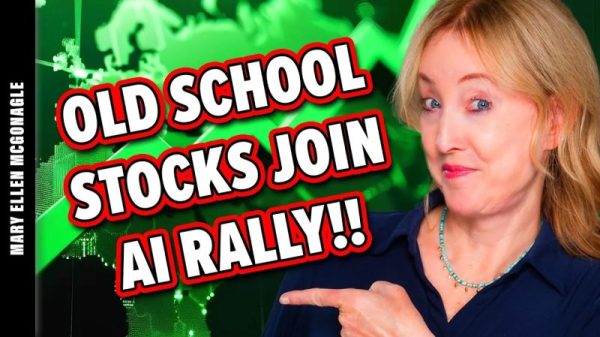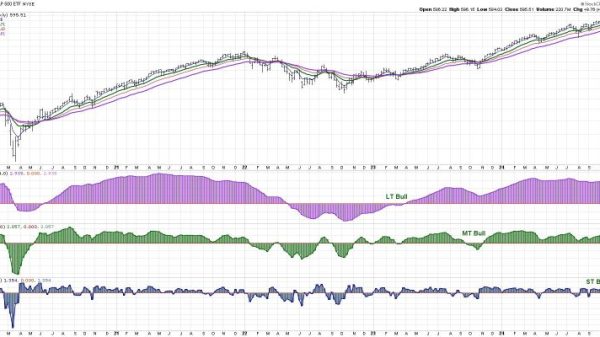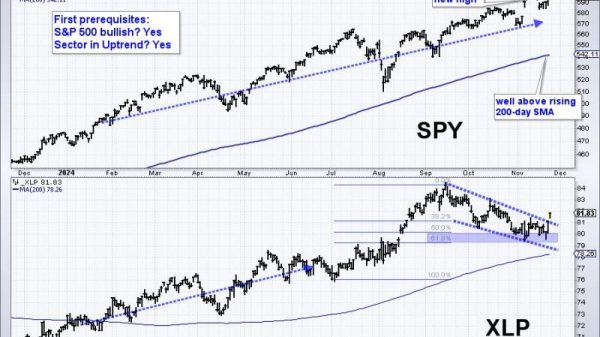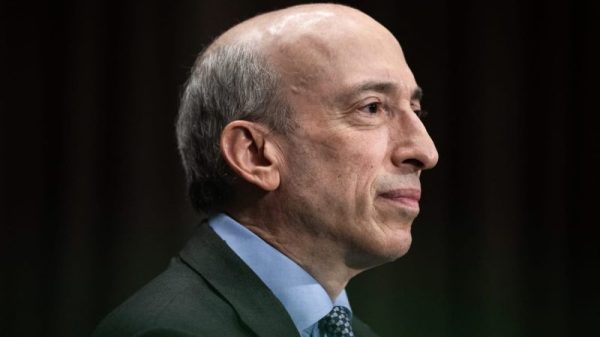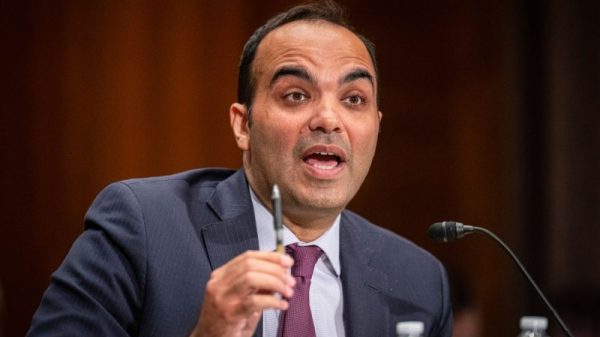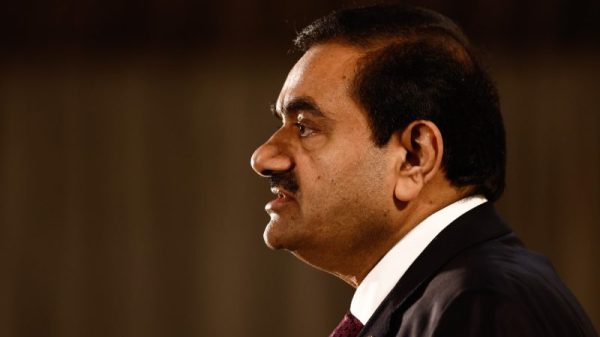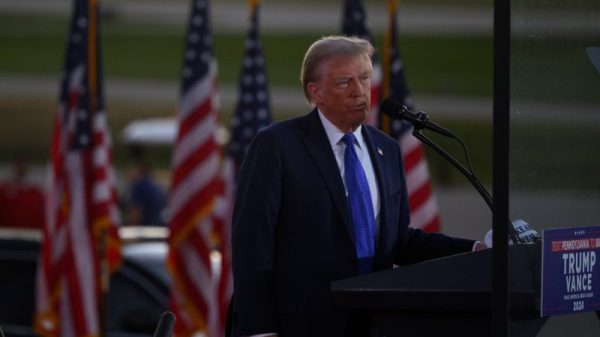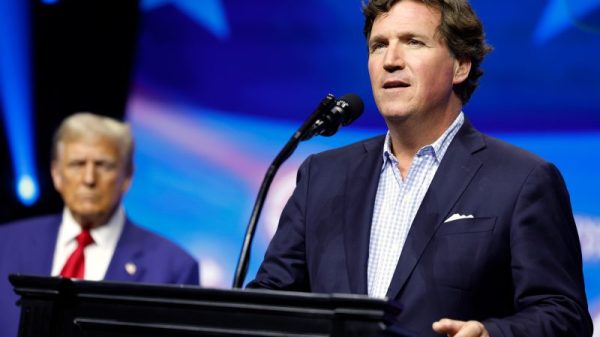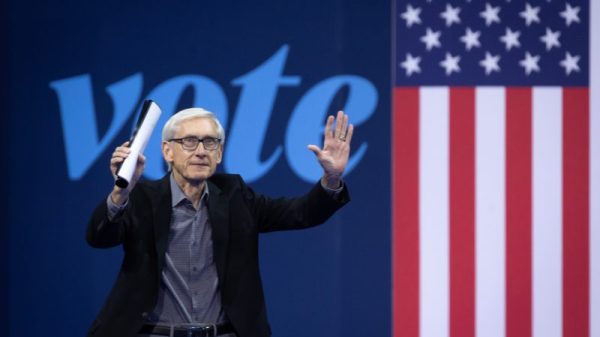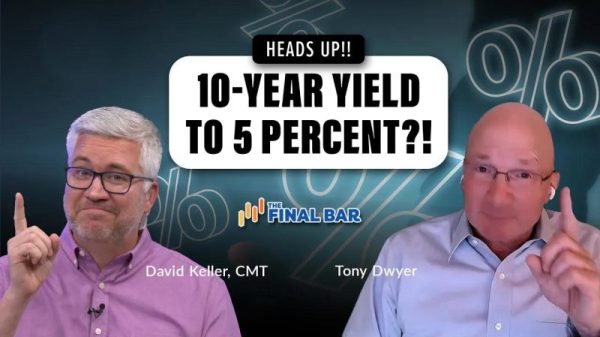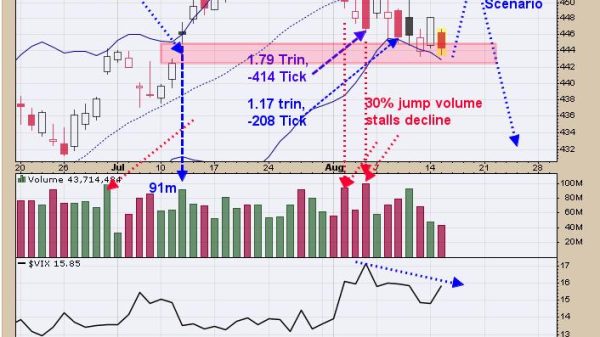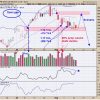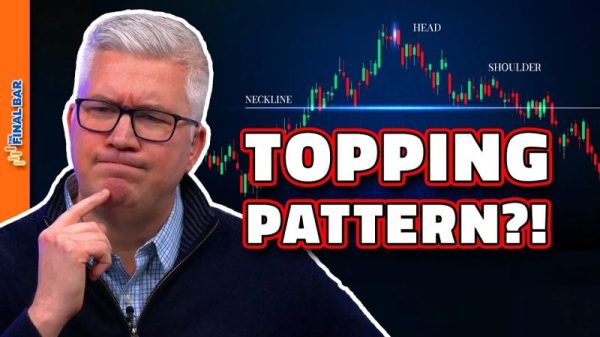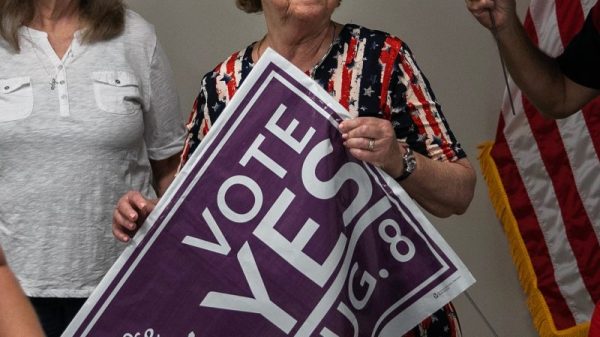The Federal Reserve announced Wednesday it was keeping interest rates at their current levels amid improving consumer confidence and a declining inflation rate.
In the run-up to Wednesday’s announcement, some Fed officials have been signaling that the current rate has been enough to knock inflation down toward the central bank’s 2% target.
The federal funds target rate has remained at 5.25% to 5.5% since last summer, following 11 increases that began in March 2022. The rate sets a benchmark for other interest rates throughout the economy — everything from credit cards to mortgages, and business and auto loans.
Some economists believe these higher rates have helped pull down inflation.
In December, the main measure of consumer-focused inflation, the 12-month consumer price index, came in at at 3.3% — little changed from the previous month’s 3.1% measurement.
And the Fed’s preferred inflation gauge, the personal consumption expenditures price index, came in even lower, at 2.6%.
In remarks this month, Fed governor Christopher Waller said that slowing inflation, combined with continued steady employment gains had led to an economic landscape that was “almost as good as it gets.”
“The progress I have noted on inflation, combined with the data in hand on economic and financial conditions and my outlook has made me more confident than I have been since 2021 that inflation is on a path to 2%,” he said in written remarks to the Brookings Institution, according to The Associated Press.
Meanwhile, two gauges of consumer confidence show that Americans are starting to feel more upbeat about the economy. On Tuesday, the Conference Board’s consumer confidence index reached a two-year high on what the business group said was ‘surging views of current conditions’ and ‘declining pessimism about [the] future.’
That followed a reading earlier this month from the University of Michigan’s consumer confidence survey that reached its highest level since 2021.
Yet, there are already some signals that post-pandemic economic growth has peaked. On Tuesday, the U.S. Labor Department reported that fewer Americans quit their jobs last year compared with 2022, while the seasonally adjusted level in December fell to the lowest monthly level in nearly three years.
Economists believe that workers are more inclined to leave their jobs if they believe a better opportunity awaits them.
‘On balance, the different labor market indicators show that the labor market is holding up well, but there are signs of weakness such as lower hiring rates and rising unemployment rate,’ analysts with Citibank said in a note to clients Tuesday. ‘We will continue to watch jobless claims data as one of the more timely indicators for the labor market.’
At 3.7%, the unemployment rate is now back to pre-pandemic levels, though it has crept higher from the post-pandemic low of 3.4% seen in January 2023. The four-month moving average of weekly initial jobless claims has not seen a meaningful increase in the entire post-pandemic era.
But January has seen a slew of layoff announcements, especially in more white-collar industries such as tech and media.
‘Increasing reports of localized layoffs confirm that labor market conditions are not as strong as they were a year ago and that some pockets of weakness have emerged,’ Lydia Boussour, senior economist at the consulting firm EY, said in a note to clients Tuesday.
Still, traders believe the economy remains strong enough that they have estimated the probability of the Fed’s first rate cut happening in March at 61.5% — down from a 73% likelihood a month ago. If the Fed does indeed reduce interest rates in March, it will have been two years since it first began raising them to fight inflation.
Not everyone is that optimistic about an imminent rate cut.
‘We think markets are overly optimistic that we’ll see a Fed interest rate cut in March,’ Vanguard chief global economist Joe Davis said in a note to clients Tuesday.
‘It likely will be midyear before policymakers are confident that they have reined in inflation sufficiently to start cutting their target for short-term interest rates.’

